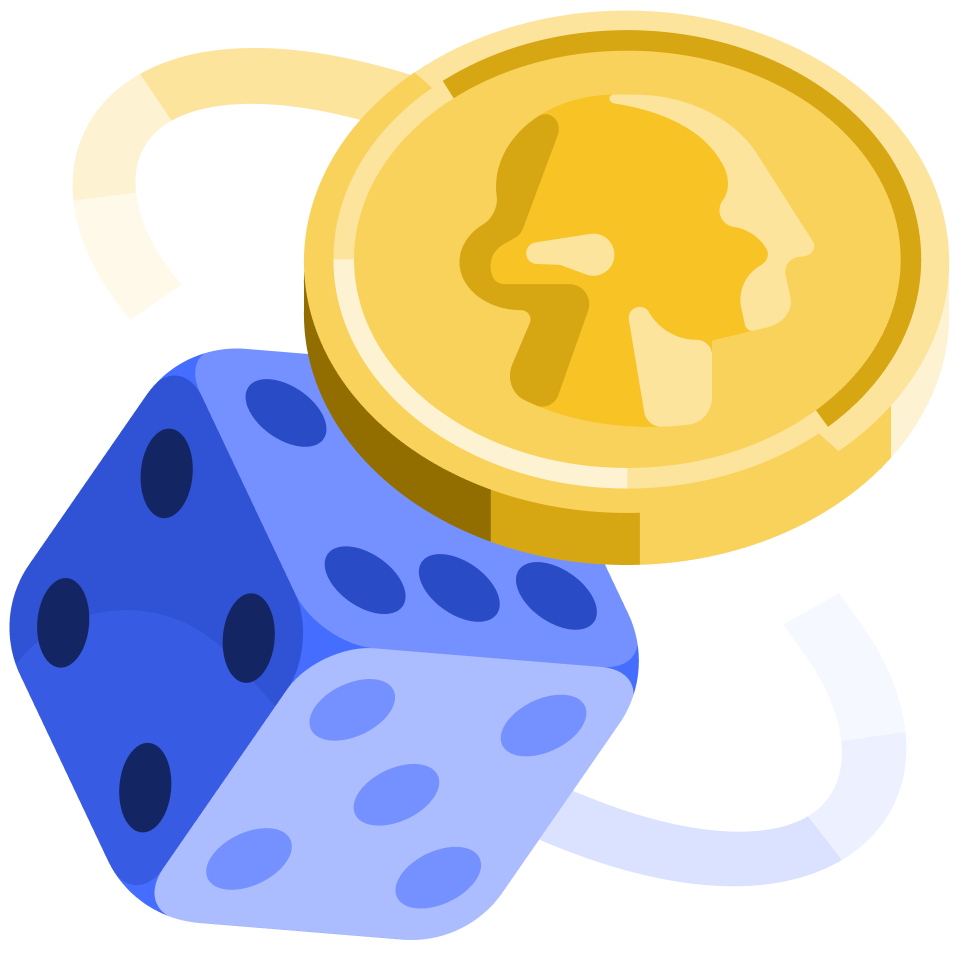
Probability and Chance
Use probability to make better decisions.
31 Lessons368 Exercises
Level 1
Introduction to Probability
Level 9
Calculating with Conditionals
Comparing Expected Value for Variable and Fixed Rewards
Calculate expected value for when rewards are both variable and fixed, then choose the event with the highest expected value.
Video
·
4 mins
Interactive lesson
·
2 mins

Put your learning to the test with an interactive lesson
More from this course
Probability and Chance
Use probability to make better decisions.
31 Lessons368 Exercises